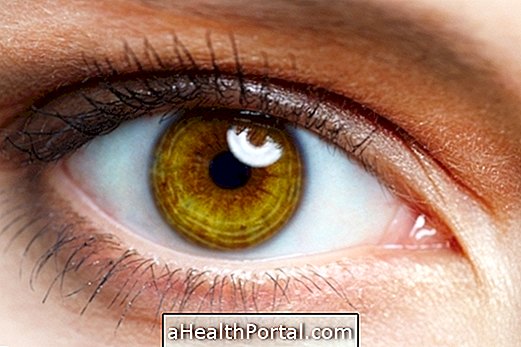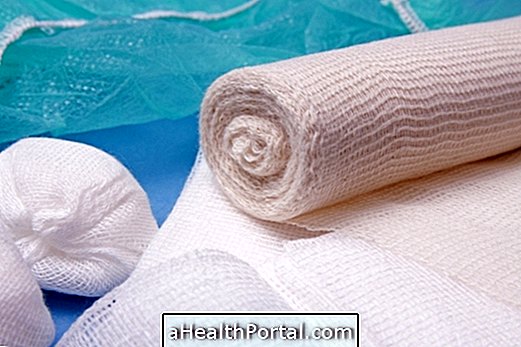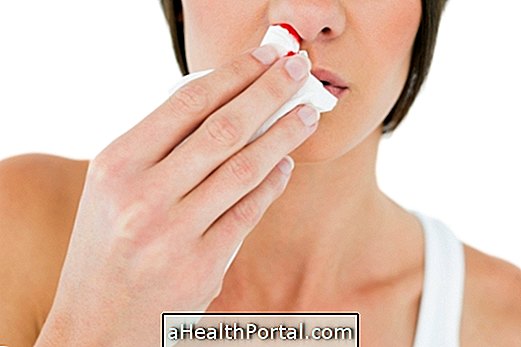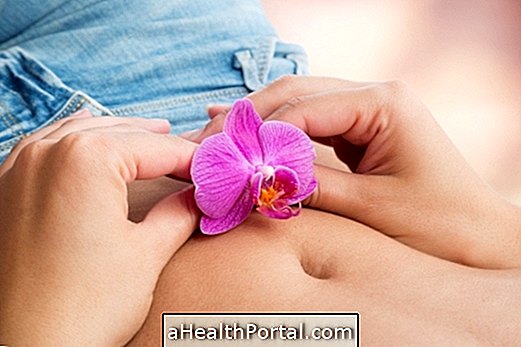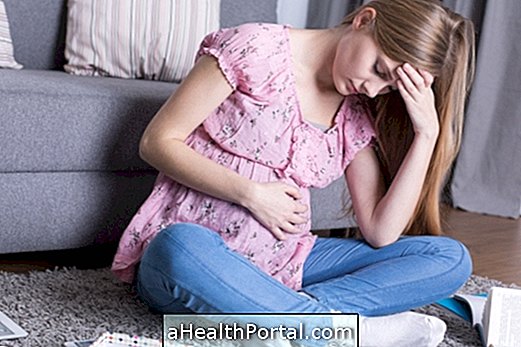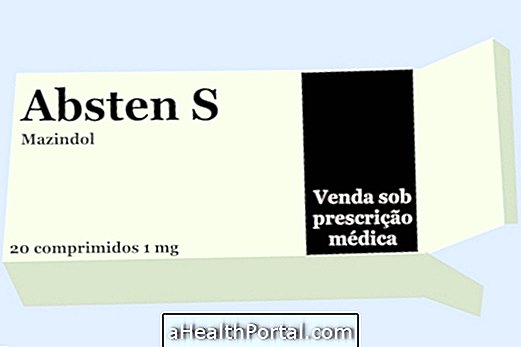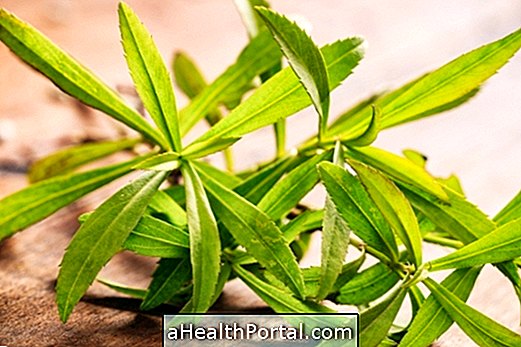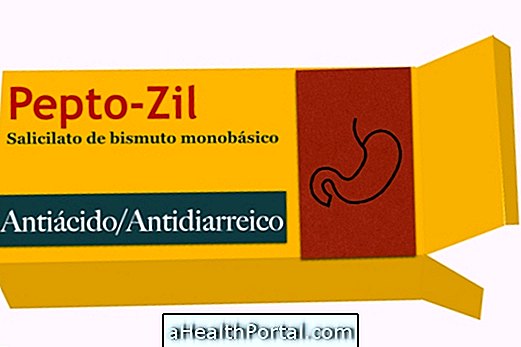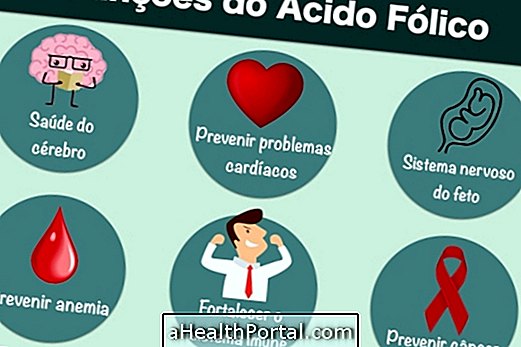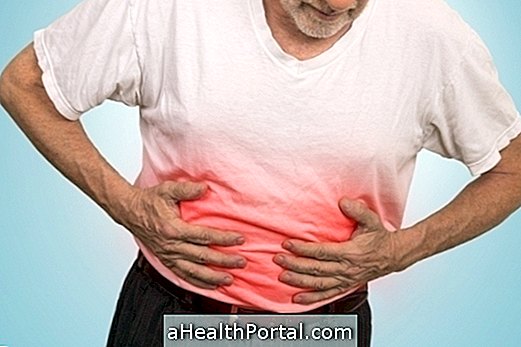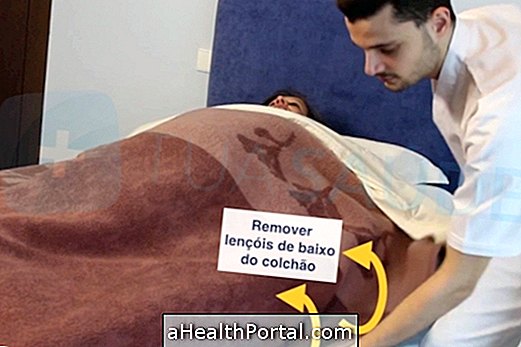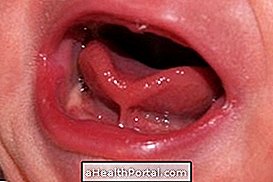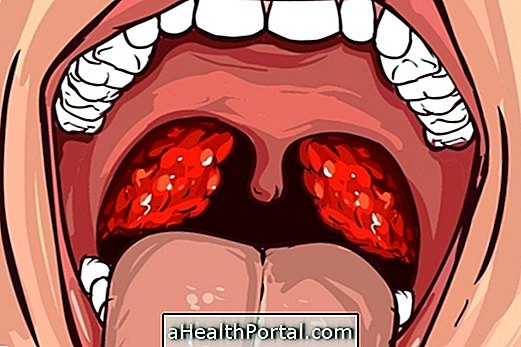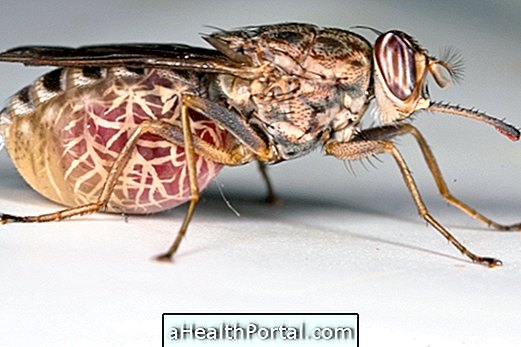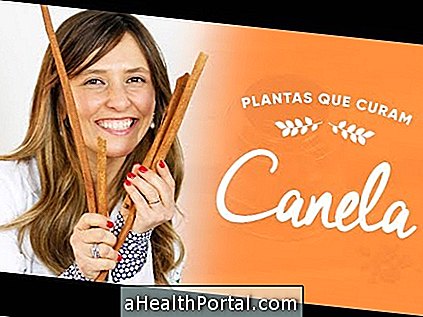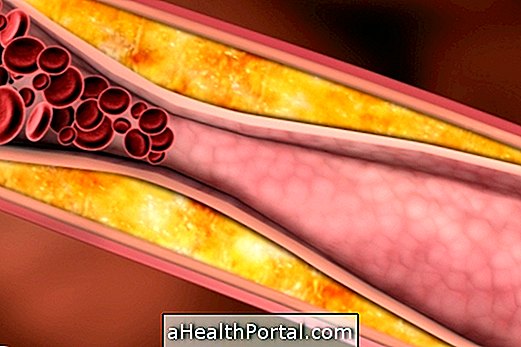Some signs that may indicate hemorrhoids include the presence of bright red blood in stool or toilet paper, a lot of pain during bowel movements, and concealment in the anus. Usually the internal hemorrhoid is not visible because it is inside the anus, but when you make an effort it can come out through the anus and be visible, with several protrusions appearing in the anus.
Internal hemorrhoids are swollen, inflamed, and painful veins, and blood is the result of friction between feces and varicose veins of the large intestine, and too much force to evacuate or lift weights are some of the factors that most contribute to the development and aggravation of hemorrhoids.
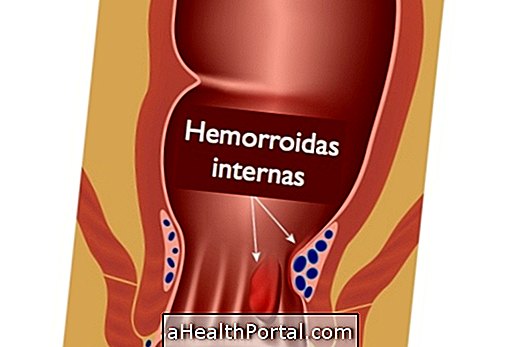
In addition, people who have had some hemorrhoids during their lifetime are more likely to develop other hemorrhoids, so a high-fiber diet and a lot of water are needed to prevent the onset of hemorrhoids.
How To Treat Internal Hemorrhoids
The treatment for internal hemorrhoids can be done with the use of glycerin suppositories, to facilitate the elimination of feces, analgesic suppositories, anti-inflammatories and a high fiber diet. Learn more about Internal Hemorrhoid Treatment.
However, sometimes internal hemorrhoids do not cause pain, there is no need to take anti-inflammatory or analgesic remedies, although the use of medicinal plants, such as Hamamélis in baths, can help reduce hemorrhoids.
Check out a good natural treatment for hemorrhoids in the following video:

See too:
- Food for hemorrhoids
- Medical treatment for hemorrhoids

